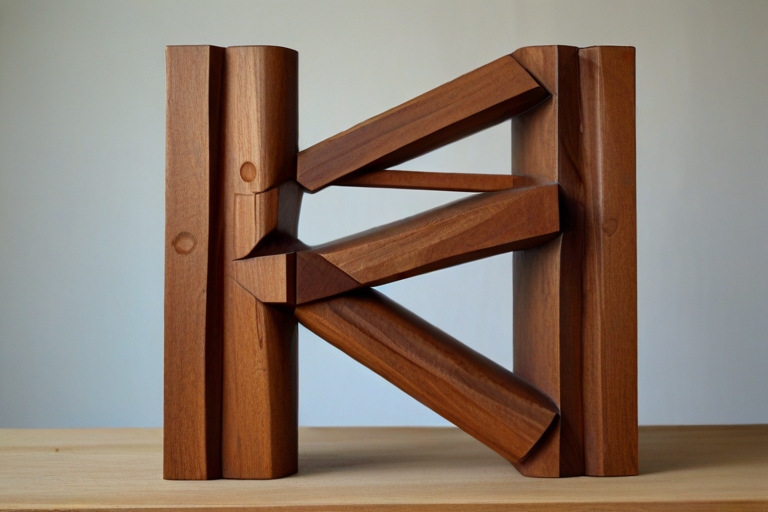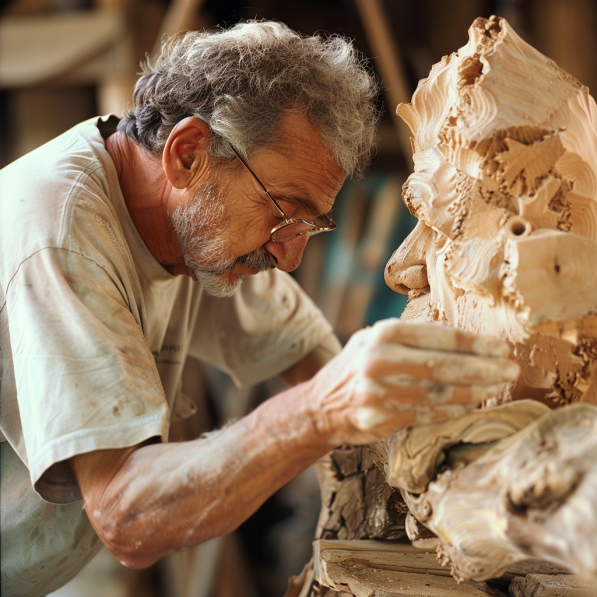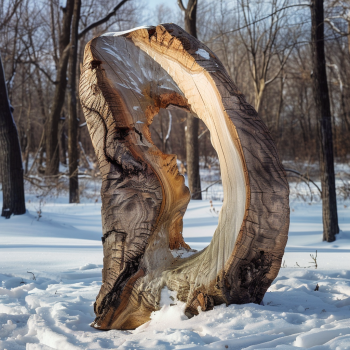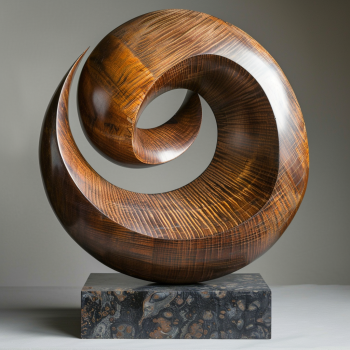Wood Sculpture for Outdoor Spaces: Resilience and Longevity
Wood sculpture has found its way into the realm of outdoor art, enriching public spaces, gardens, parks, and private landscapes with its distinctive charm. In this article, we will explore the fascinating world of wood sculpture for outdoor environments, focusing on its durability, resilience, and enduring beauty.
1. Weathering the Elements:
One of the most impressive aspects of wood sculpture for outdoor settings is its ability to withstand various weather conditions. Sculptors carefully select durable wood species, often using hardwoods like teak, cedar, or oak, known for their natural resistance to decay and insects.
2. Protective Treatments:
To enhance their resistance to the elements, wood sculptures are treated with weather-resistant coatings and sealants. These protective finishes safeguard the sculptures from moisture, UV rays, and temperature fluctuations, ensuring they remain vibrant and intact for years to come.
3. Evolving Patina:
Over time, wood sculptures in outdoor environments develop a beautiful patina, an organic layer that adds character and depth to the artwork. The weathering process adds to the sculpture’s allure, creating an ever-changing visual experience.
4. Connection with Nature:
Wood sculptures in outdoor spaces seamlessly blend with the surrounding environment. The natural textures and colors of wood complement the landscape, fostering a harmonious connection between art and nature.
5. Public Art Installations:
Many cities and communities embrace wood sculpture as a form of public art, enriching their urban spaces with cultural expression and creative storytelling. These installations serve as landmarks, attracting locals and visitors alike.
6. Symbol of Sustainability:
Wood sculpture in outdoor settings also symbolizes sustainable art. As a renewable resource, wood embodies the principles of eco-friendliness and environmental stewardship.
7. Carving Customization:
Wood sculptors often work closely with clients and landscape designers to create custom pieces that align with the specific ambiance and theme of the outdoor space. This collaboration ensures that the sculpture seamlessly integrates into its surroundings.
8. Sculpture Gardens:
Dedicated sculpture gardens serve as sanctuaries for wood art, providing a contemplative environment for visitors to engage with the beauty and craftsmanship of the sculptures. These gardens become immersive art experiences, nurturing a profound appreciation for the medium.
9. Iconic Landmarks:
Wood sculptures placed in iconic locations become landmarks that showcase the talent of the artists and the essence of the surrounding landscape. They inspire wonder and curiosity, enriching the cultural fabric of their surroundings.
10. Emotional Connection:
Wood sculptures in outdoor spaces evoke emotions and elicit diverse responses from viewers. Whether it’s a sense of wonder, introspection, or delight, these artworks have the power to leave a lasting impression on those who encounter them.
Conclusion
Wood sculpture’s presence in outdoor environments exemplifies its resilience, endurance, and ability to establish a profound connection with nature and people alike. As these sculptures withstand the tests of time and weather, they continue to bring joy, beauty, and cultural significance to public spaces and private gardens. From awe-inspiring public art installations to serene sculpture gardens, wood sculptures enhance our outdoor landscapes, inviting us to embrace the timeless allure of this captivating art form.






